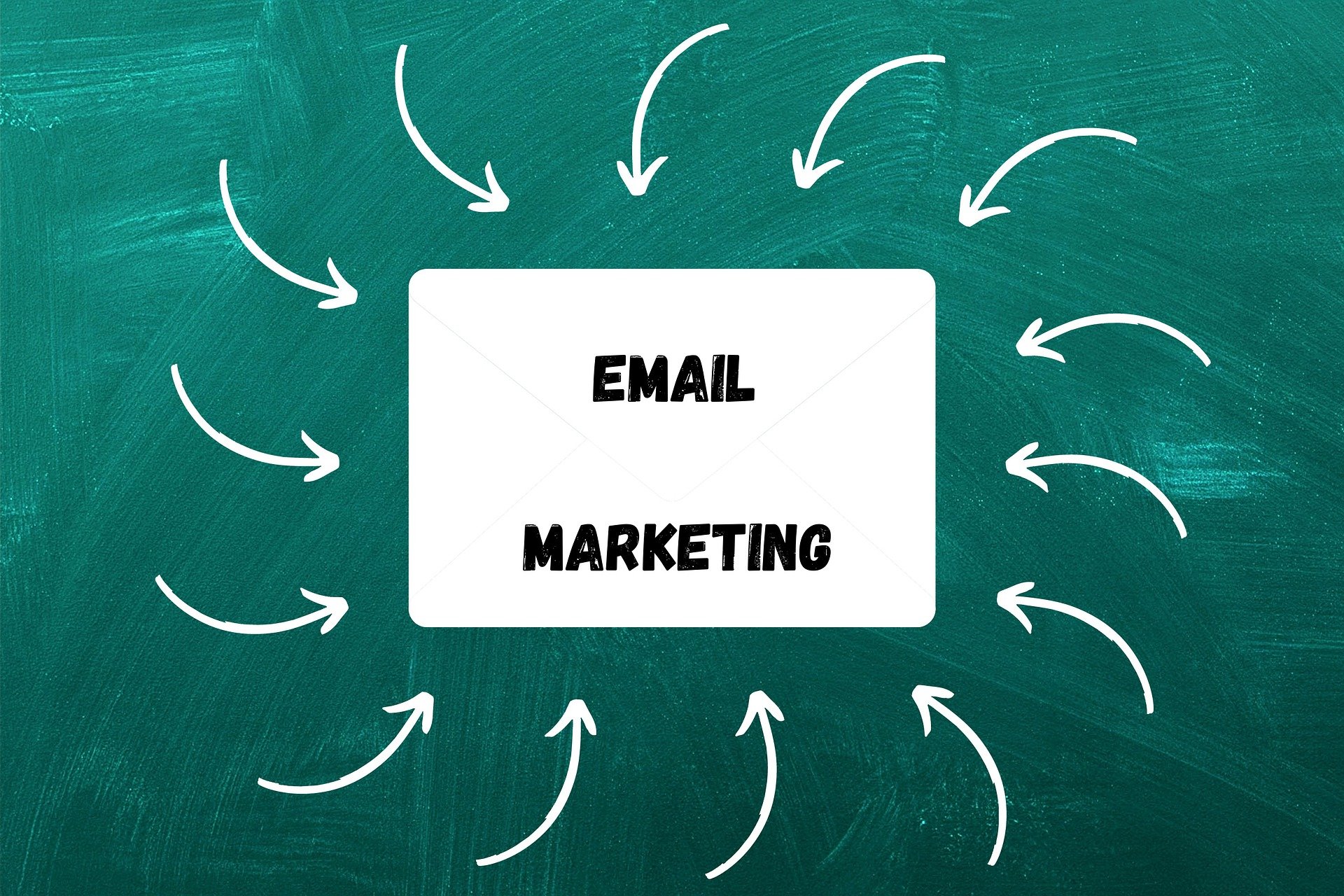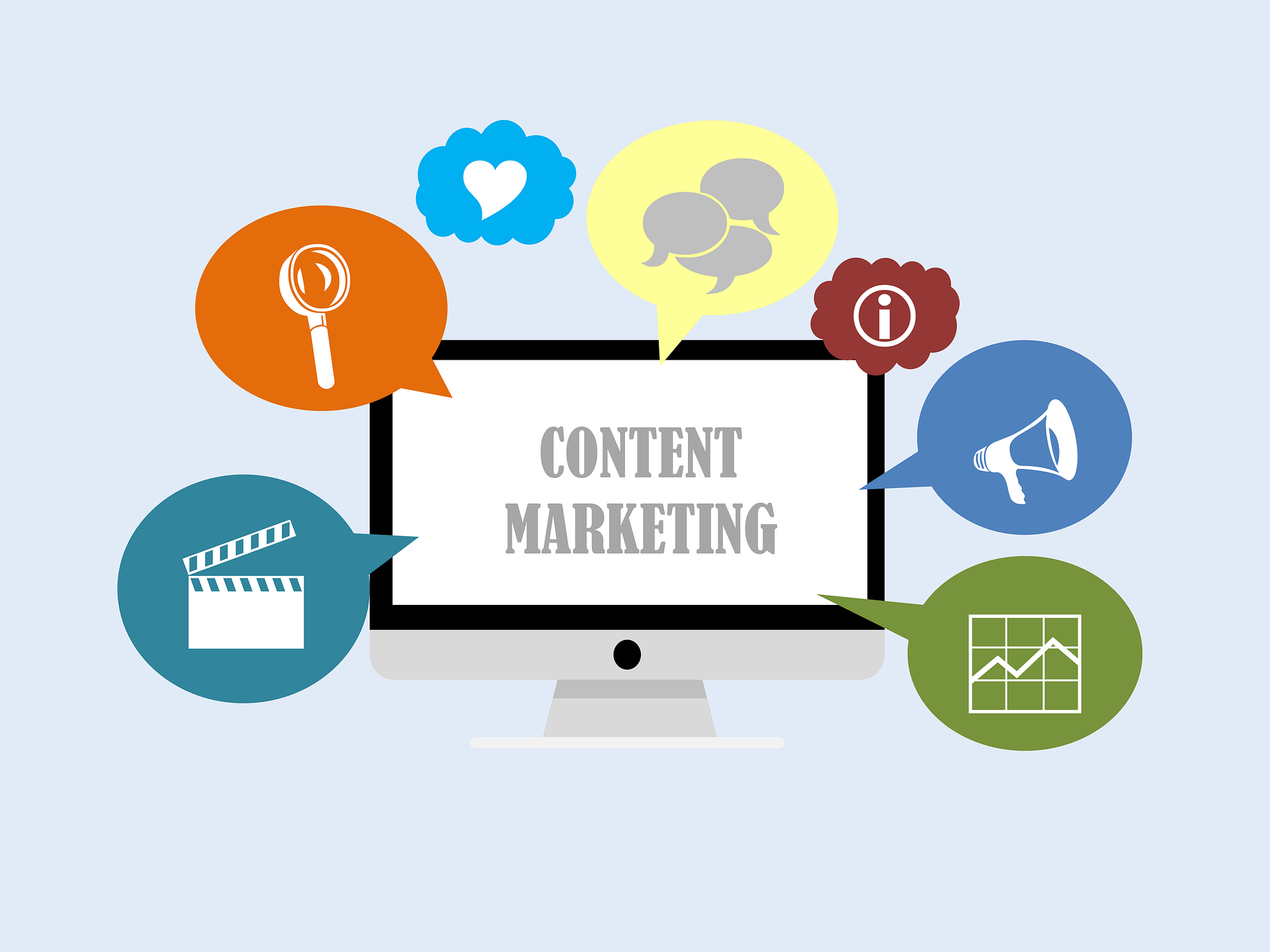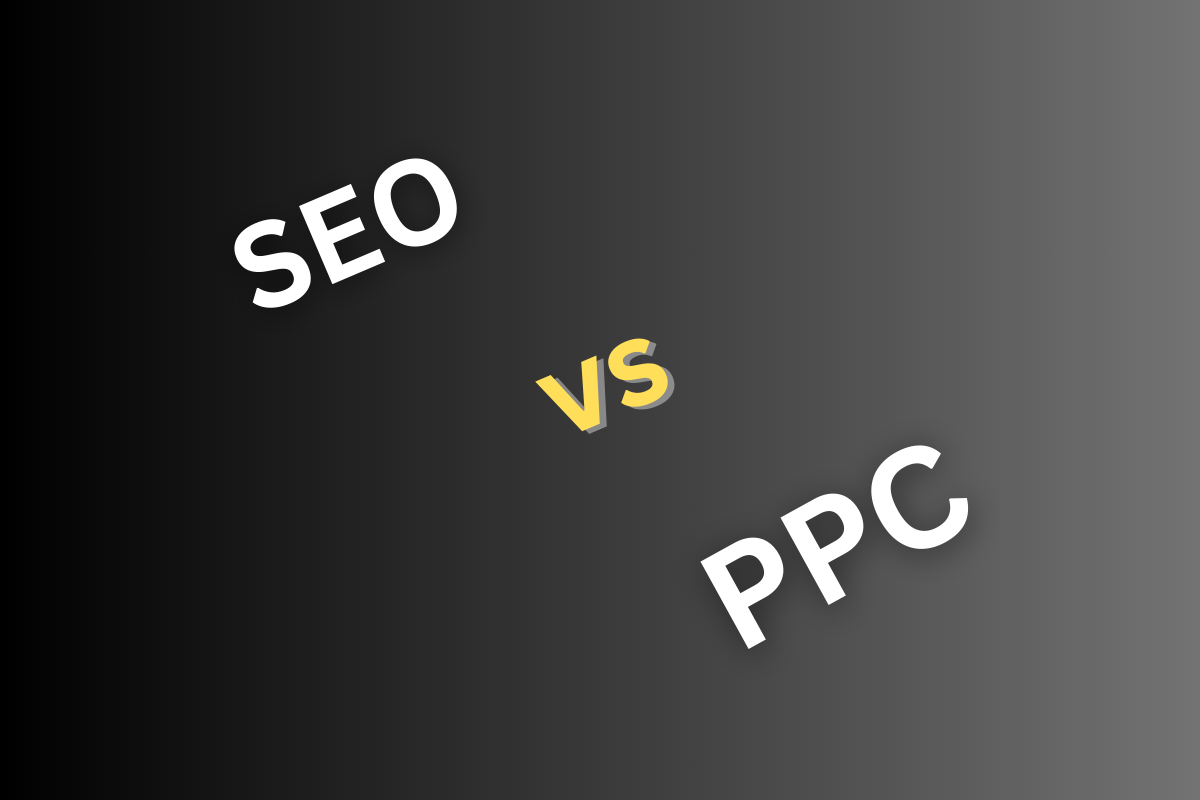How to Use AI Tools to Supercharge Your Marketing Campaigns in 2025
In today’s fast-paced digital world, staying ahead of the competition means leveraging the latest technologies—and Artificial Intelligence (AI) is leading the charge. AI-powered tools are transforming the way businesses plan, execute, and optimize their marketing campaigns, making them more efficient, personalized, and data-driven. How to Use AI Tools to Supercharge Your Marketing Campaigns, If you’re looking to boost engagement, increase conversions, and save time, integrating AI into your marketing strategy is a game-changer. Here’s how you can use AI tools to supercharge your marketing campaigns like a pro. 1. AI-Powered Content Creation (How to Use AI Tools to Supercharge Your Marketing Campaigns) Creating high-quality, engaging content consistently can be a challenge. AI tools like ChatGPT, Jasper, and Copy.ai help marketers generate blog posts, social media captions, ad copy, and even video scripts in minutes. How to Use AI for Content: Pro Tip: Always refine AI-generated content to match your brand voice before publishing. 2. Smarter Email Marketing with AI Email marketing remains one of the most effective channels, but personalization at scale is tough. AI tools like Mailchimp, HubSpot, and Active Campaign use machine learning to: Example: AI can predict when a subscriber is most likely to open an email and automatically schedule sends for the best results. 3. AI-Driven SEO & Keyword Research SEO is no longer about guesswork—AI tools analyze search trends and competitor data to boost rankings faster. Top AI SEO Tools: Action Step: Use AI to find long-tail keywords with low competition but high conversion potential. 4. Hyper-Personalized Customer Experiences Customers expect personalized interactions—AI makes it possible at scale. How AI Enhances Personalization: Result? Higher engagement, lower bounce rates, and increased sales. 5. AI-Powered Social Media Marketing Managing multiple platforms is time-consuming—AI tools help automate and optimize social media efforts. Best AI Social Media Tools: Bonus: AI tools like Canva’s Magic Design create stunning visuals in seconds. 6. Predictive Analytics for Better Decision-Making AI doesn’t just analyze past data—it predicts future trends. Tools like Google Analytics 4 (GA4), IBM Watson, and Salesforce Einstein help: Example: AI can predict which leads are most likely to convert, allowing you to focus efforts efficiently. 7. AI-Generated Video & Visual Content Video marketing is booming, but production can be expensive. AI tools like Synthesia, Pictory, and InVideo help: Pro Tip: Use DALL·E or MidJourney for AI-generated images and graphics. 8. Voice Search & AI Assistants Optimization With the rise of Alexa, Siri, and Google Assistant, optimizing for voice search is crucial. How to Adapt: Tools like AnswerThePublic find common voice search queries. Final Thoughts: AI is the Future of Marketing AI isn’t here to replace marketers—it’s here to empower them. By automating repetitive tasks, analyzing data at scale, and delivering hyper-personalized experiences, AI tools help businesses work smarter, not harder. Next Steps: ✅ Start small—pick one AI tool (e.g., ChatGPT for content or Canva for design).✅ Test & optimize—track performance and refine strategies.✅ Stay updated—AI evolves fast, so keep learning. Ready to supercharge your marketing with AI? Follow us and read our daily articles! Want More Digital Marketing Tips? Follow our website, read daily our articles and if need our services contact us!
How to Use AI Tools to Supercharge Your Marketing Campaigns in 2025 Read Post »









